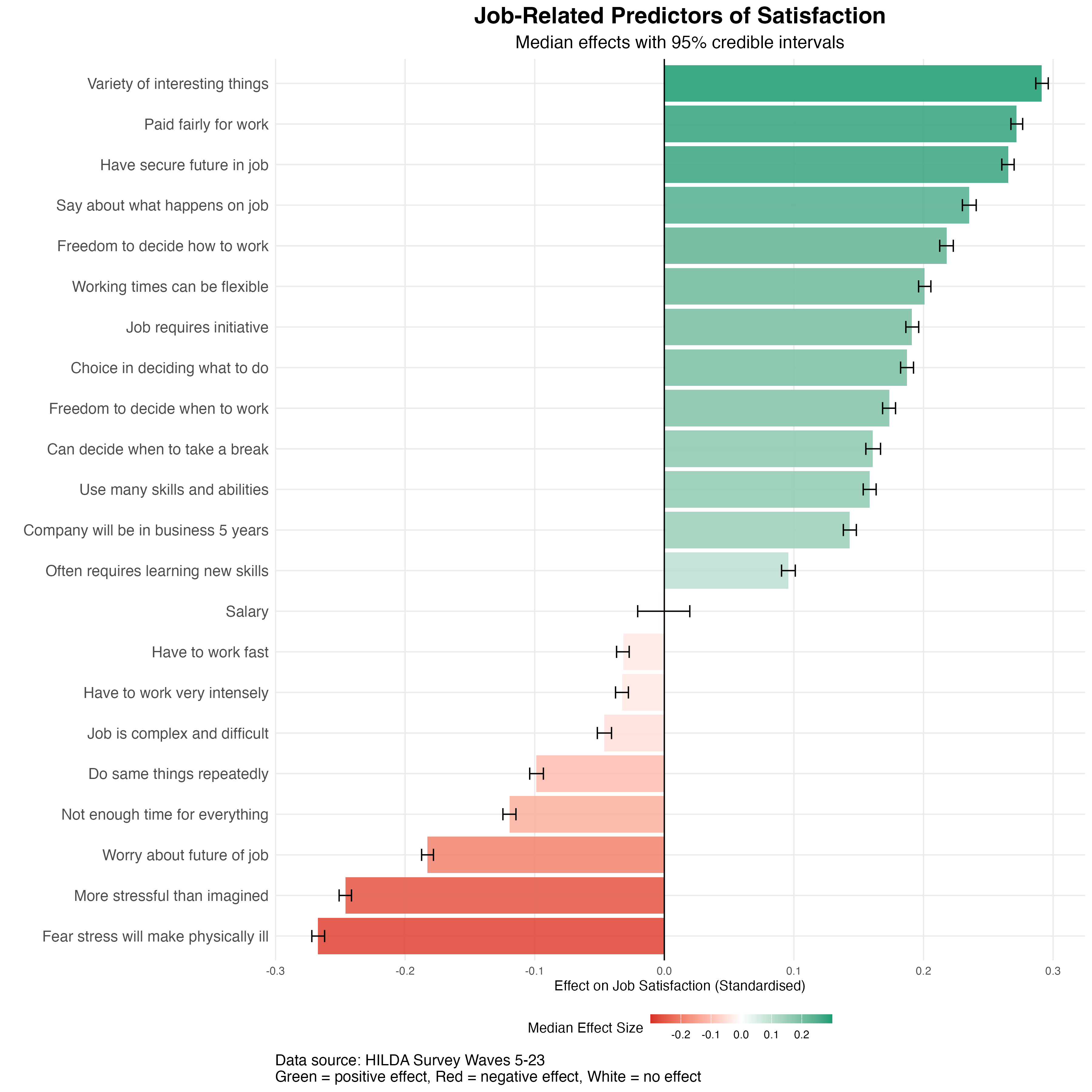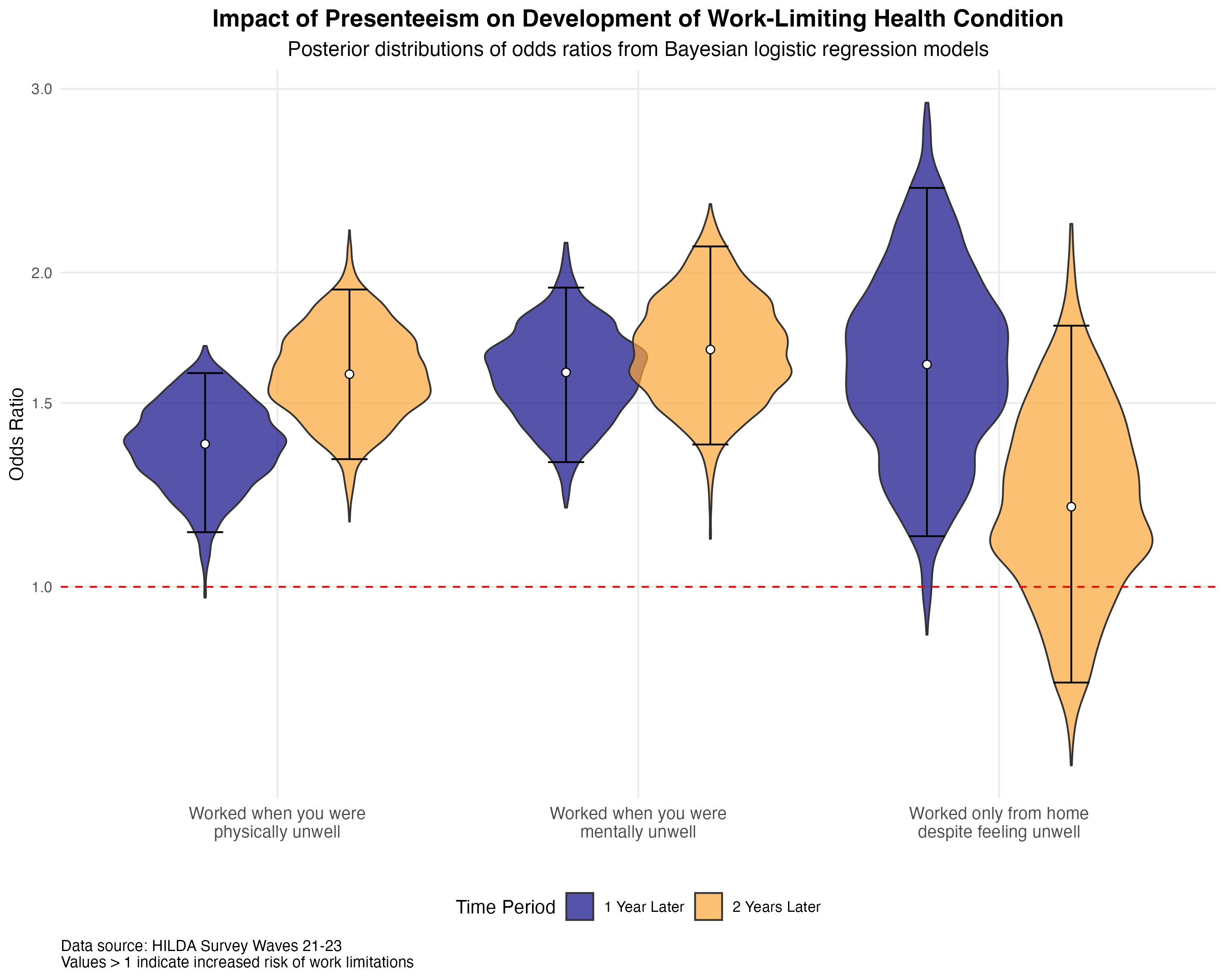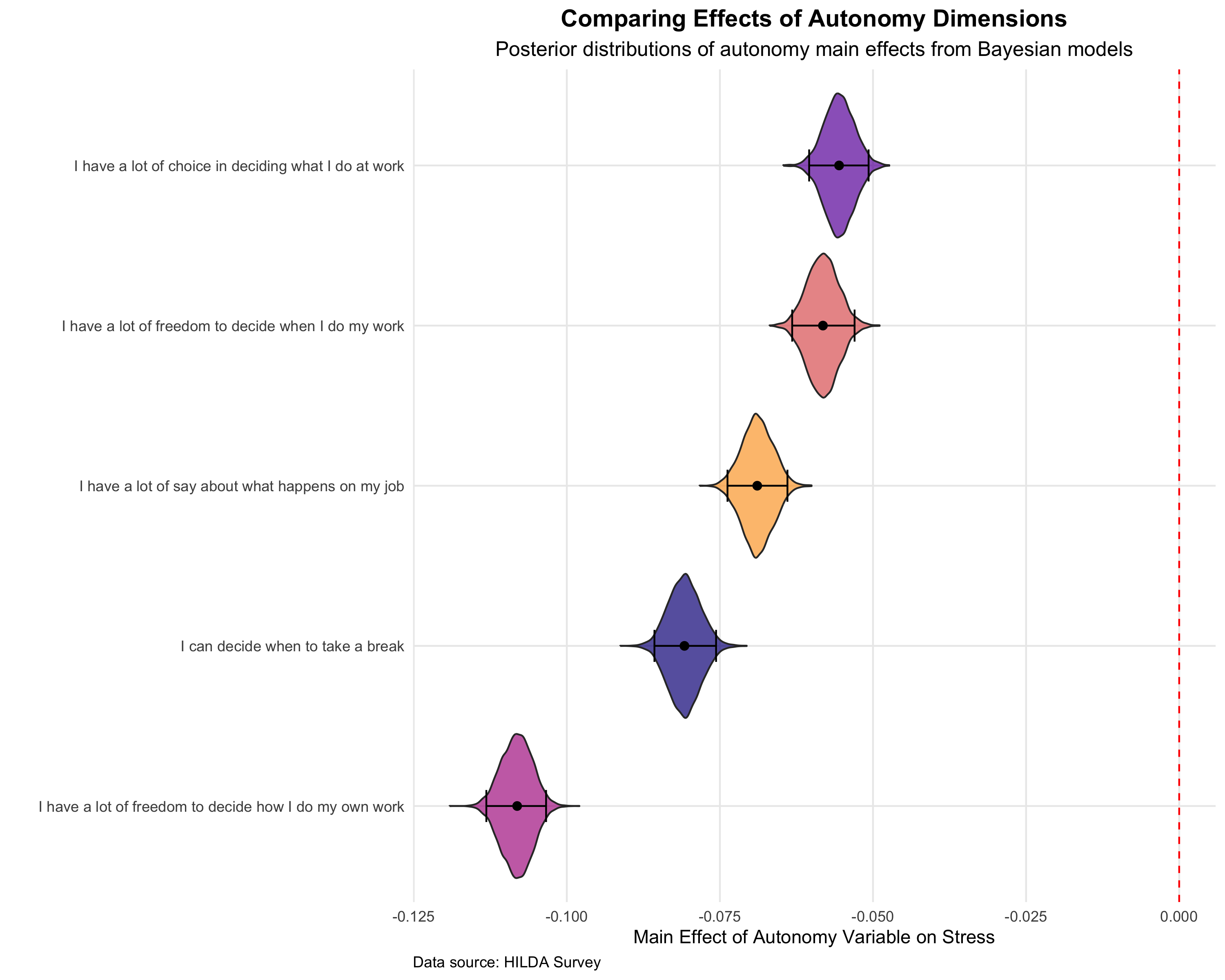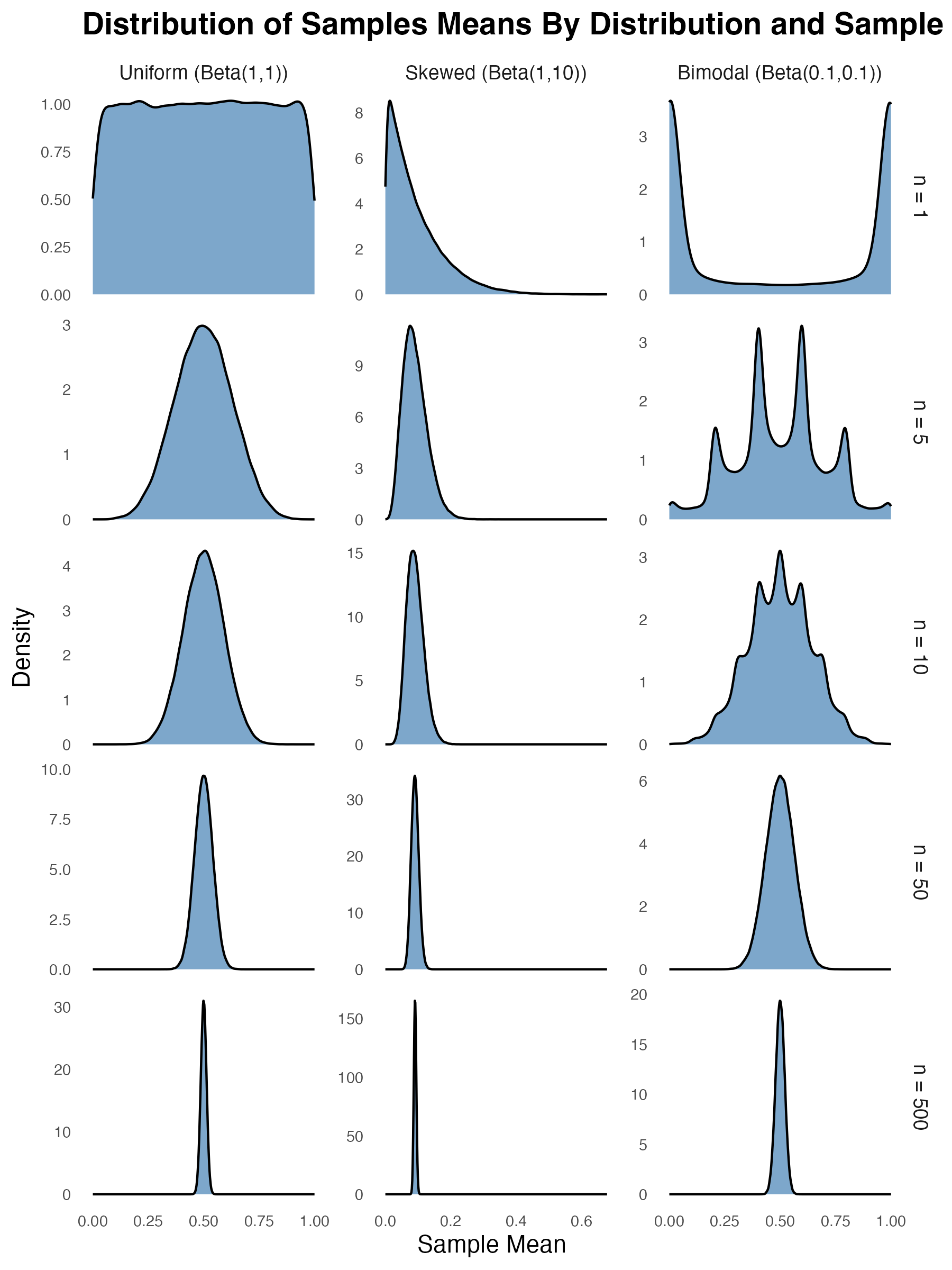From Honeymoon to Hangover: How Does Job Satisfaction Evolve Over Time?
Ever noticed how a colleague starts a new job brimming with enthusiasm, only to seem a bit less excited a year later? That burst of initial happiness – and the gradual fade that often follows – is so common it has a name in organisational psychology: the “honeymoon-hangover” effect. In plain terms, many employees feel a surge of satisfaction when they start a new role (the honeymoon), which then cools off over time (the hangover). At the same time, there’s another powerful event that can reinvigorate an employee’s morale: a promotion. In this post, we look at how job satisfaction changes with tenure and promotions, using data from a representative sample of full-time workers in Australia. The insights reveal clear patterns in the employee experience lifecycle – and offer practical tips for HR and leaders to keep the “honeymoon” alive longer and avoid the “hangover”.
The Honeymoon-Hangover Curve: What the Data Show
We tapped into two decades of HILDA Survey data (Household, Income and Labour Dynamics in Australia) which has tracked job satisfaction over time for more than 17,000 Australian full-time workers since 2001. In this survey, participants rate their job satisfaction from 0 (totally dissatisfied) to 10 (totally satisfied) each year. We used a discontinuous mixed-effects model to follow individuals’ satisfaction over time and isolate the effects of two key transitions: moving beyond the first year of employment and receiving a promotion. This approach shows us the average job satisfaction trajectory as employees stay longer in a role or move up in their organisation, as well as the job satisfaction trajectory that follows these transitions, while accounting for differences between people.
The figure below shows the predicted trajectories generated by our model after being applied to the data. The horizontal axis shows the tenure with the organisation (in years) while the vertical axis shows the average job satisfaction rating. When an employee starts a new job, there is usually an immediate lift in how happy they feel at work (left panel, “New Job Effect”). This is the honeymoon effect – the novelty, optimism, and fresh challenges of a new position make people feel more satisfied.
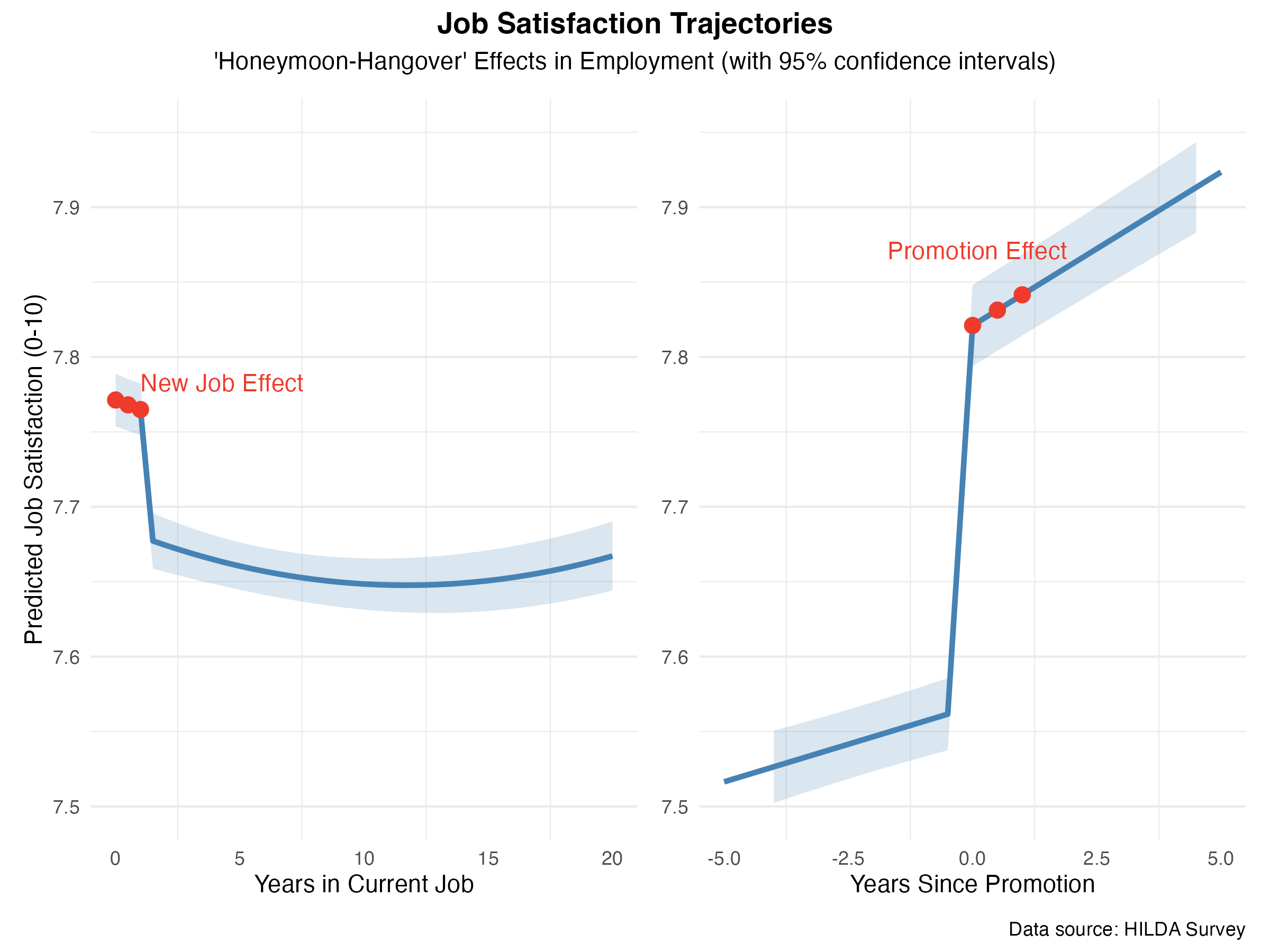
After about 12–18 months in the job, many employees hit a satisfaction slump – our data shows scores dipping roughly 0.1 points once the first year is over. Over the next few years, satisfaction continues to slowly declines. This creeping decline is the hangover effect: as employees become fully acquainted with their job (including its frustrations and boring bits), the early excitement wears off. These are small effects, but they’re statistically reliable. And while some individuals may show even weaker effects, these patterns might be more pronounced for many employees.
Our analysis also indicates slight uptick for those extremely long-tenured (15+ years). This may be a selection effect: individuals who are dissatisfied will tend to leave the organisation, whereas those staying with an organisation this long are likely fairly satisfied.
For HR, the message is clear: the post-honeymoon hangover is predictable. Smart organisations should anticipate when the shine is likely to wear off and have a plan to rekindle engagement at that point, before employees get itchy feet.
The Promotion Effect: A Breath of Fresh Air
If starting a new job gives a honeymoon boost, what about moving up within an organisation? Promotions are typically cause for celebration – a validation of hard work and a source of new challenge. Our findings show that promotions deliver a significant lift in job satisfaction for employees, effectively creating a new “honeymoon” of their own (right panel, “Promotion Effect”). The year an employee is promoted, their satisfaction rating jumps by about 0.25 points on the 0–10 scale.
Better yet, the boost is sustained. Unlike a new-job honeymoon that eventually dips, after a promotion satisfaction keeps rising for the next few years. Even five years later, the typical promoted employee is still about 0.3 points more satisfied than they likely would be without that promotion. In other words, a promotion isn’t just a fleeting high; it marks the start of a renewed growth cycle in satisfaction.
Practical Implications for HR and Leadership
Understanding these satisfaction patterns has real implications for managing and retaining talent. Here are some key takeaways and strategies for HR leaders and managers:
- Expect the Slump: It’s normal for enthusiasm to taper off after the first year or two. Don’t panic if a star hire’s satisfaction dips by year 3 – but do monitor their sentiment (surveys, check-ins) around that time so you can tackle any issues early.
- Re-energise at 12–18 Months: Plan a boost around the one-year mark. Refresh the role with new challenges or learning opportunities – for example, a special project, added responsibilities, or training. Injecting some novelty at this stage prevents boredom and extends the honeymoon vibe.
- Leverage Internal Mobility: Offer pathways for internal moves or promotions to combat mid-tenure malaise. Instead of waiting for employees to seek excitement elsewhere, give them chances to try new roles or step up within the company. Even a lateral move or modest promotion can reignite passion and reset their satisfaction trajectory.
From a big-picture perspective, these findings highlight the importance of career progression and thoughtful people management. If you leave employees in a static situation, expect their satisfaction to stagnate or decline. But if you can offer growth – whether via promotions, new assignments, or skill development – you effectively give them a fresh honeymoon phase and keep them engaged longer with your organisation.

